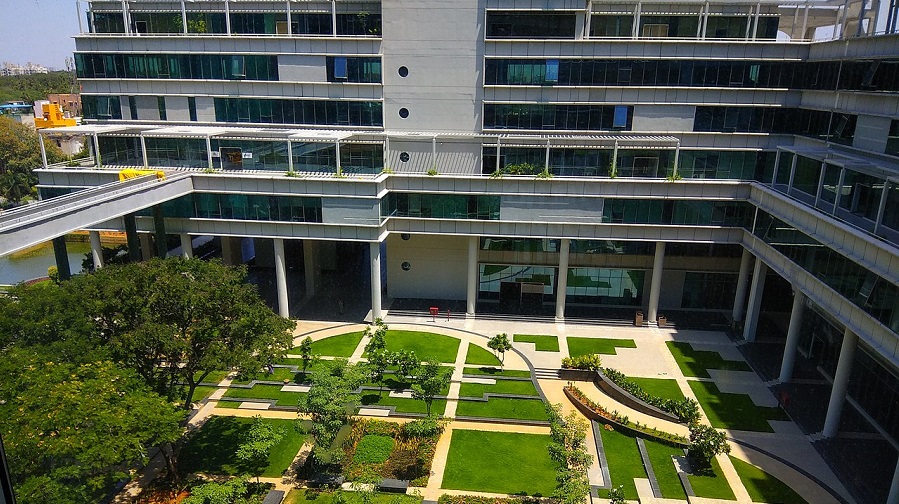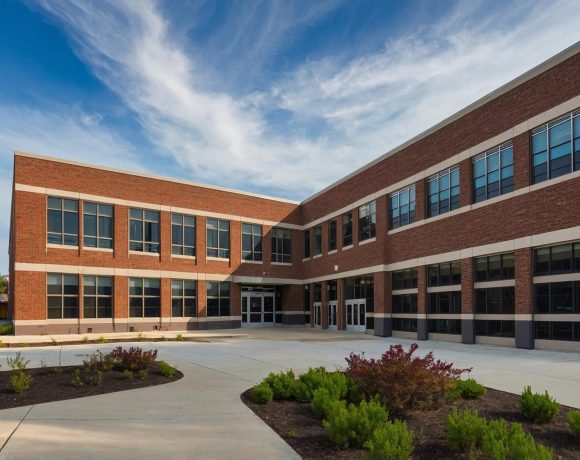
Cabinet Approves ₹11,829 Cr Expansion of Five IITs
In a landmark decision aimed at strengthening India’s higher education landscape, the Union Cabinet has approved a comprehensive expansion plan for five newer Indian Institutes of Technology (IITs). These include IIT Tirupati in Andhra Pradesh, IIT Palakkad in Kerala, IIT Bhilai in Chhattisgarh, IIT Jammu in Jammu & Kashmir, and IIT Dharwad in Karnataka.
The government has allocated ₹11,828.79 crore for this ambitious project, which is scheduled to be implemented over a four-year period from 2025-26 to 2028-29. The plan is designed to significantly enhance the student intake, research capabilities, and academic infrastructure at these institutions.
Boost to Student Capacity
As part of the expansion, the collective student strength of these five IITs is expected to rise from the current 7,111 to 13,687. This translates to an additional 6,576 seats spread across undergraduate, postgraduate, and doctoral programs. The annual intake will grow incrementally: 1,364 students in the first year, followed by increases of 1,738, 1,767, and 1,707 in subsequent years.
This boost in student capacity is expected to offer more opportunities to aspiring engineers and researchers from across India, helping meet the growing demand for quality technical education.
Research Parks and Faculty Expansion
A key element of the expansion strategy includes the development of research parks at each of the five IITs. These parks are intended to foster collaboration between academic institutions and industries, providing a platform for cutting-edge innovation, entrepreneurship, and application-driven research.
In parallel, 130 new faculty positions at the level of professor (Level 14 and above) will be created, helping these institutions maintain a healthy student-teacher ratio and ensure academic excellence.
National Impact and Employment Generation
The decision is poised to have wide-ranging effects beyond academic development. As admissions to IITs are conducted on a national level, students from all over India stand to benefit. The infrastructure expansion and hiring drives are also expected to create employment opportunities for faculty, administrative staff, and technical personnel.
Additionally, the construction activities and increased campus engagement are likely to provide a significant boost to local economies around these institutes.


















